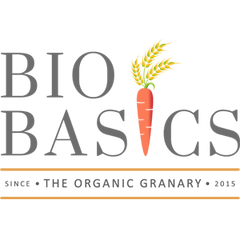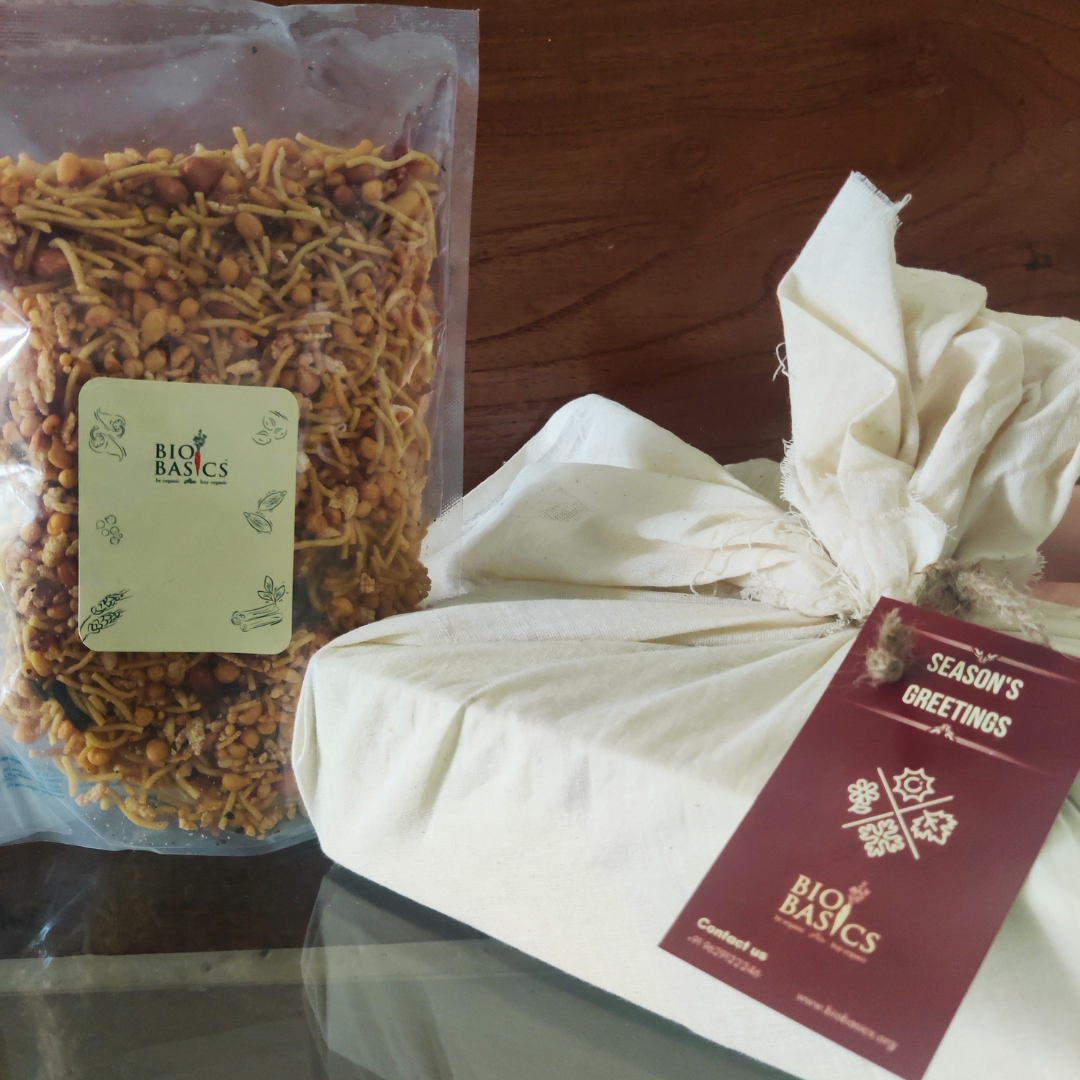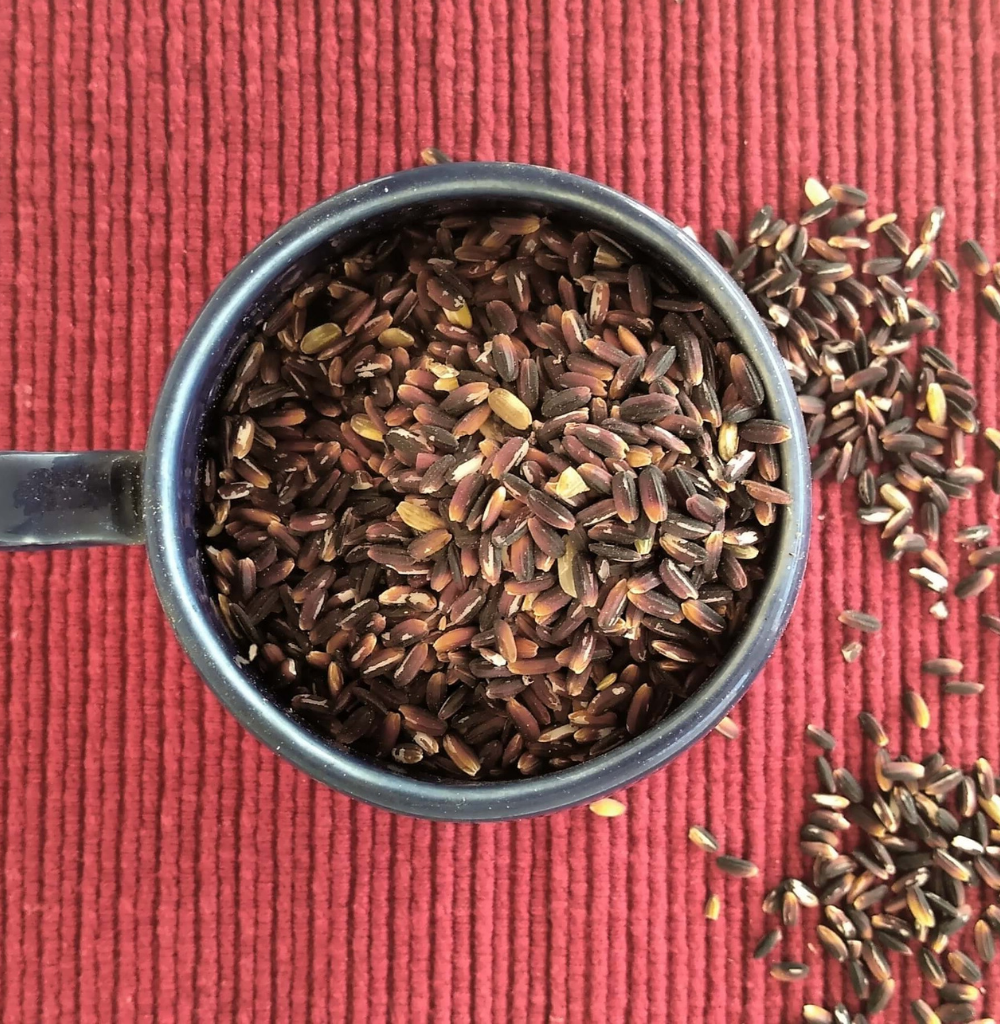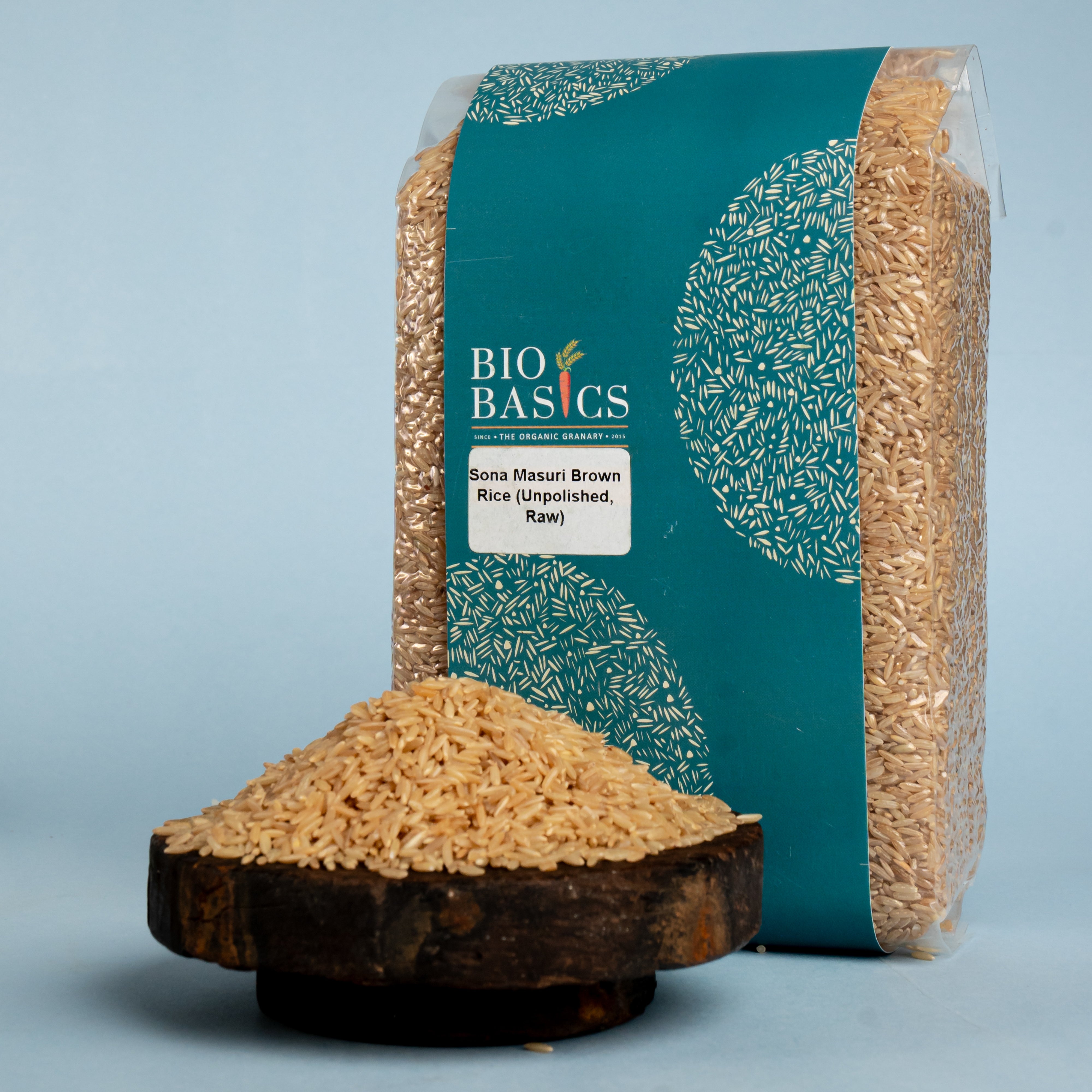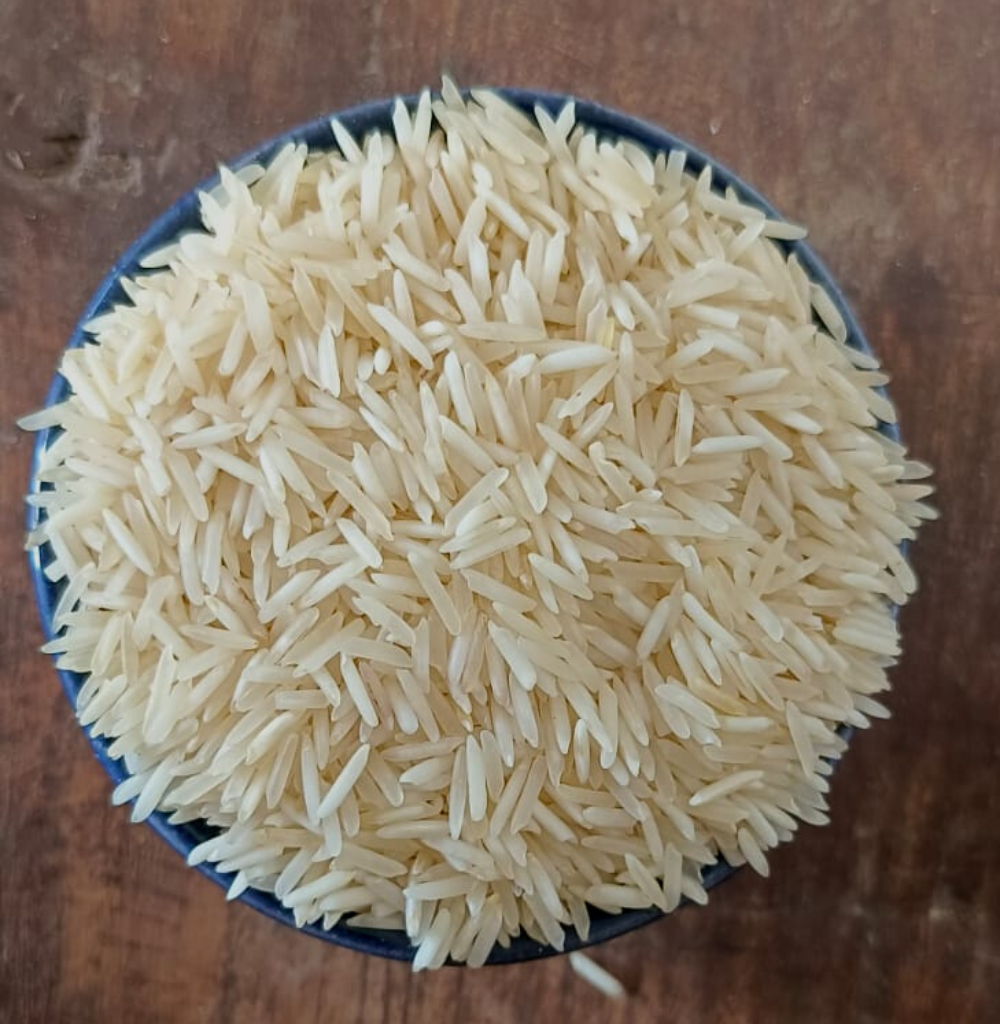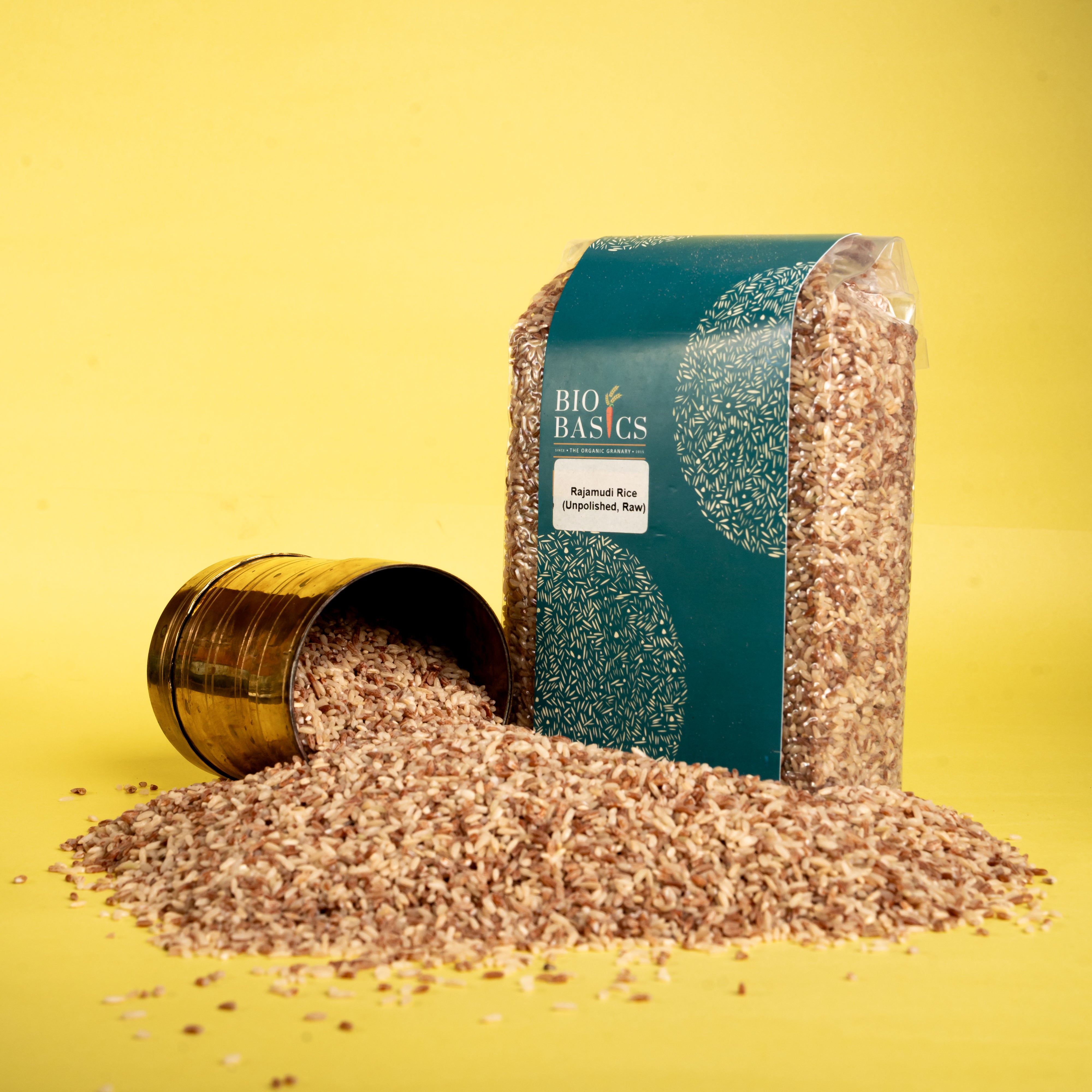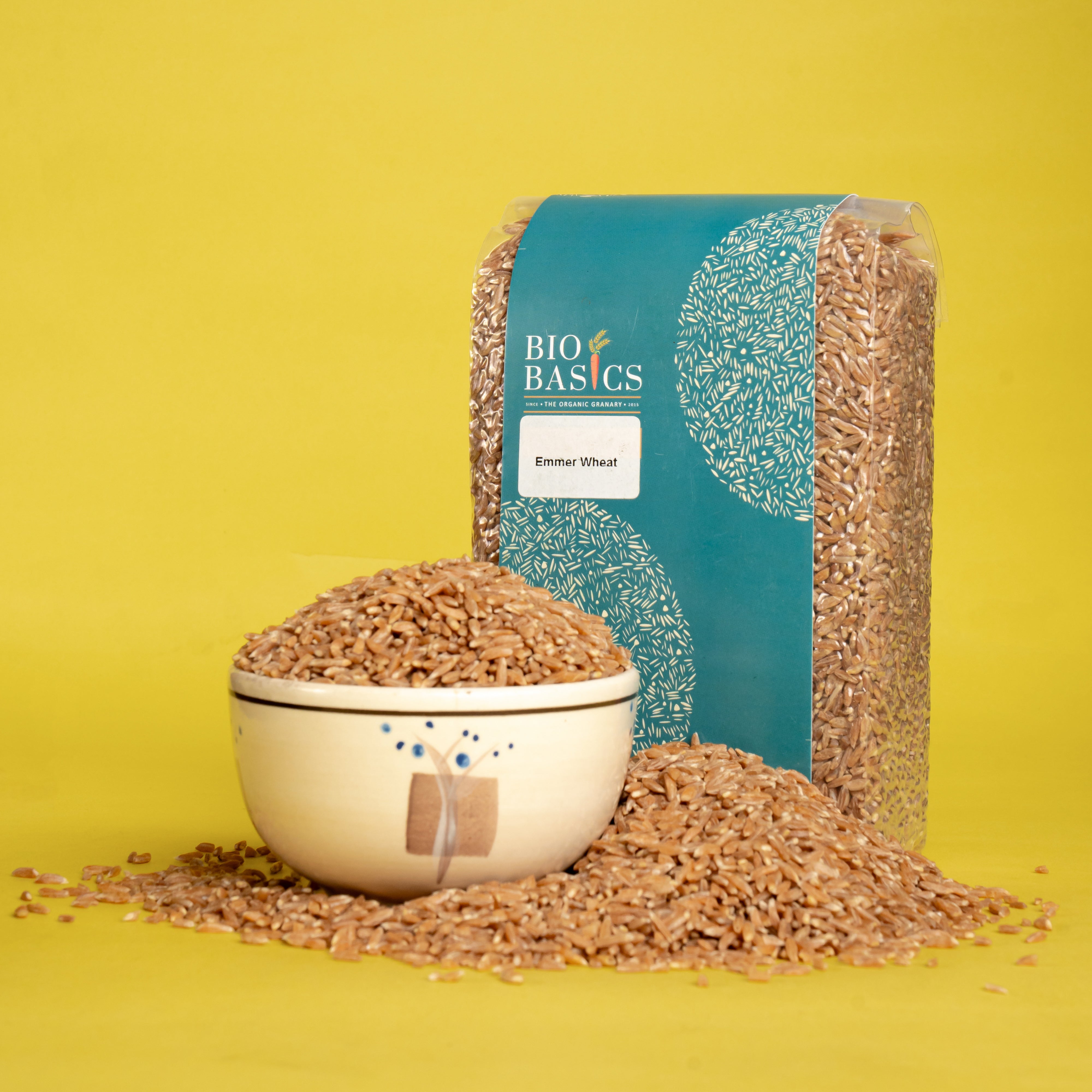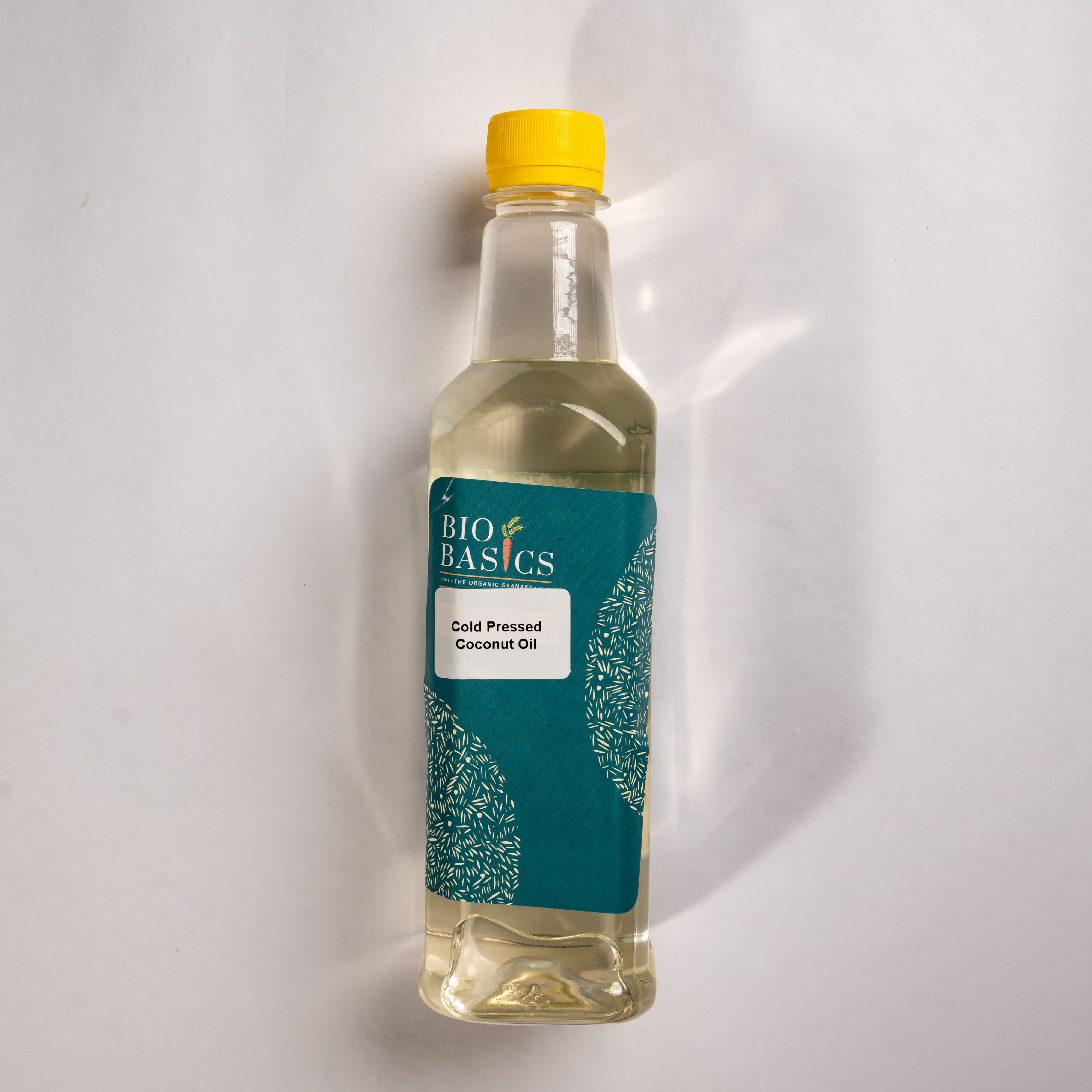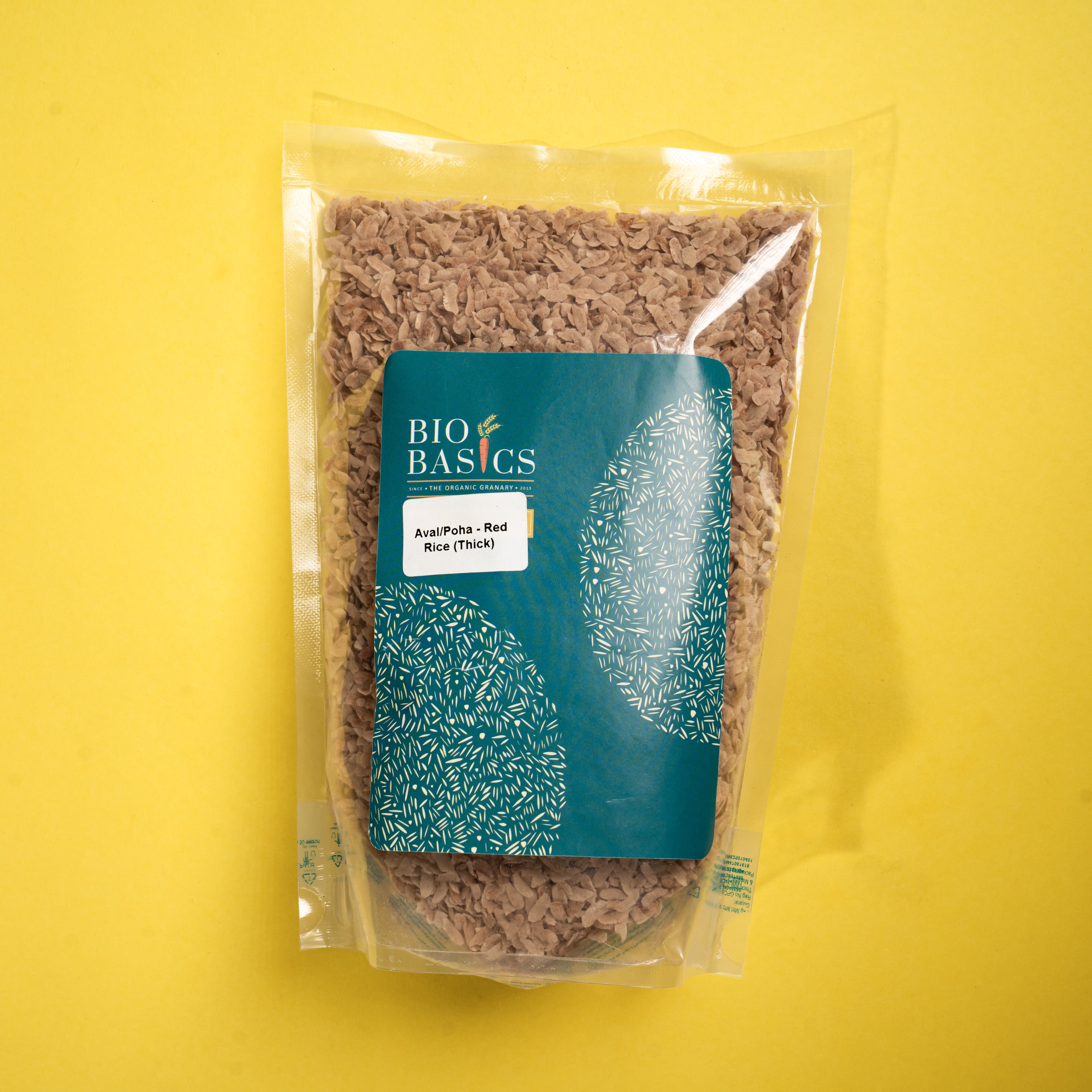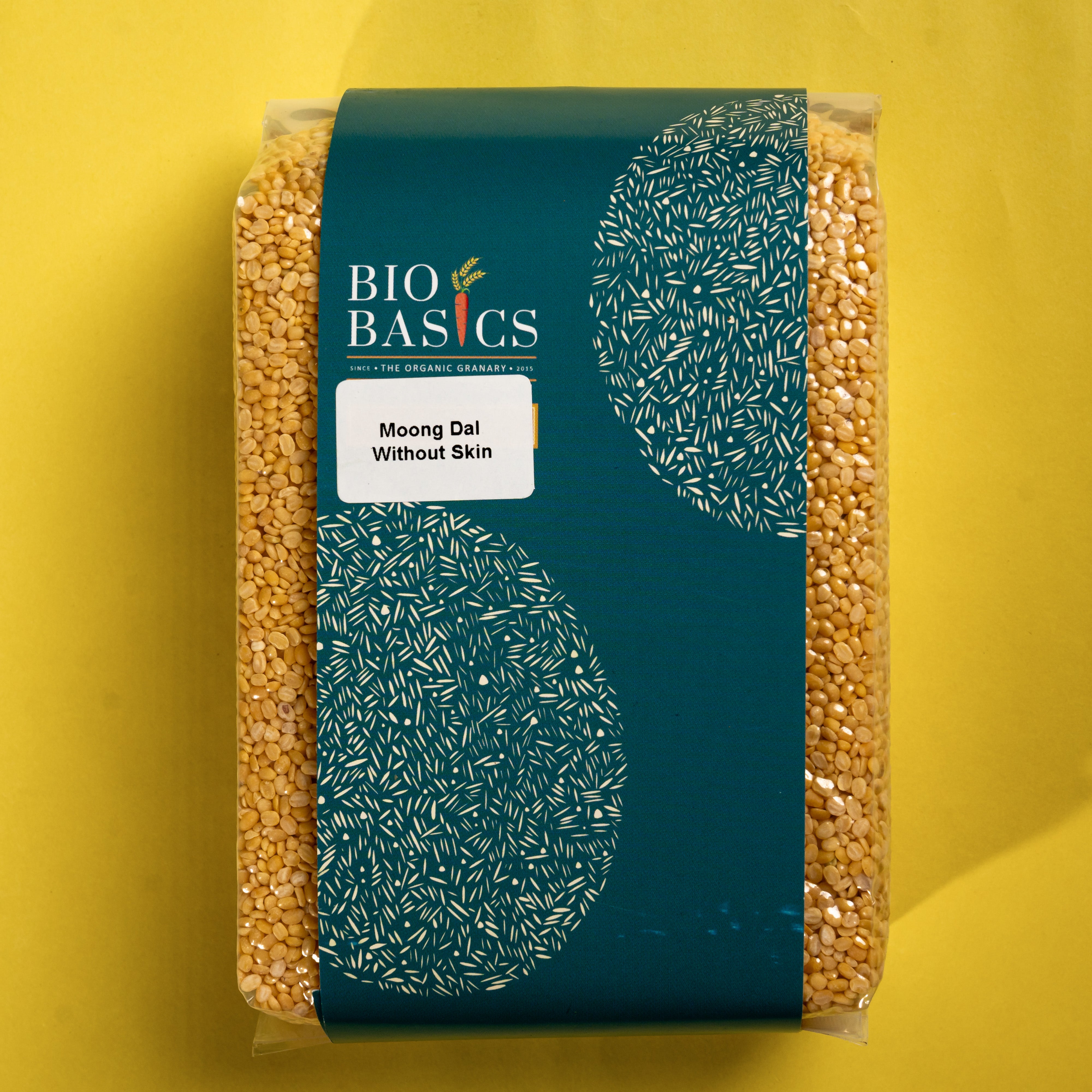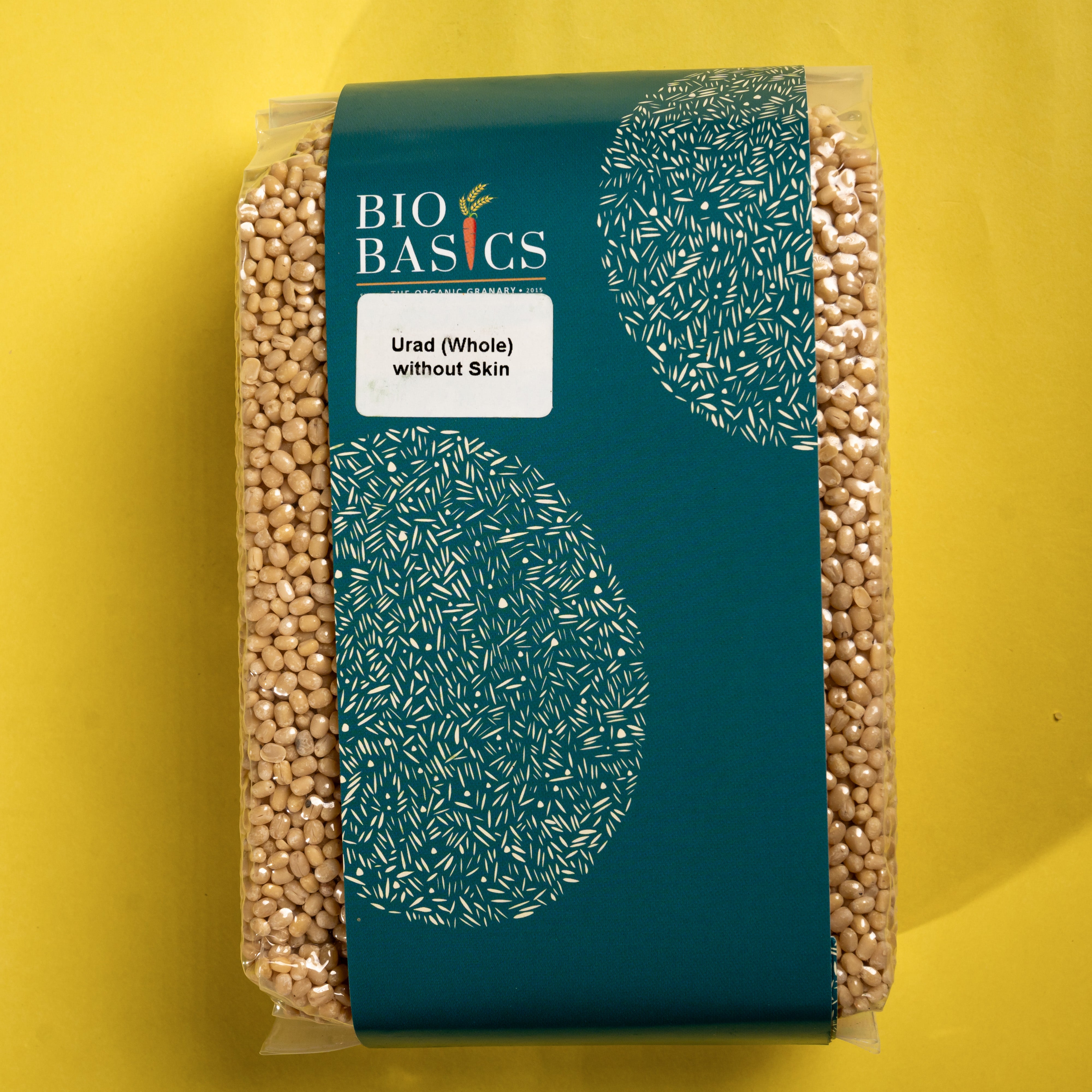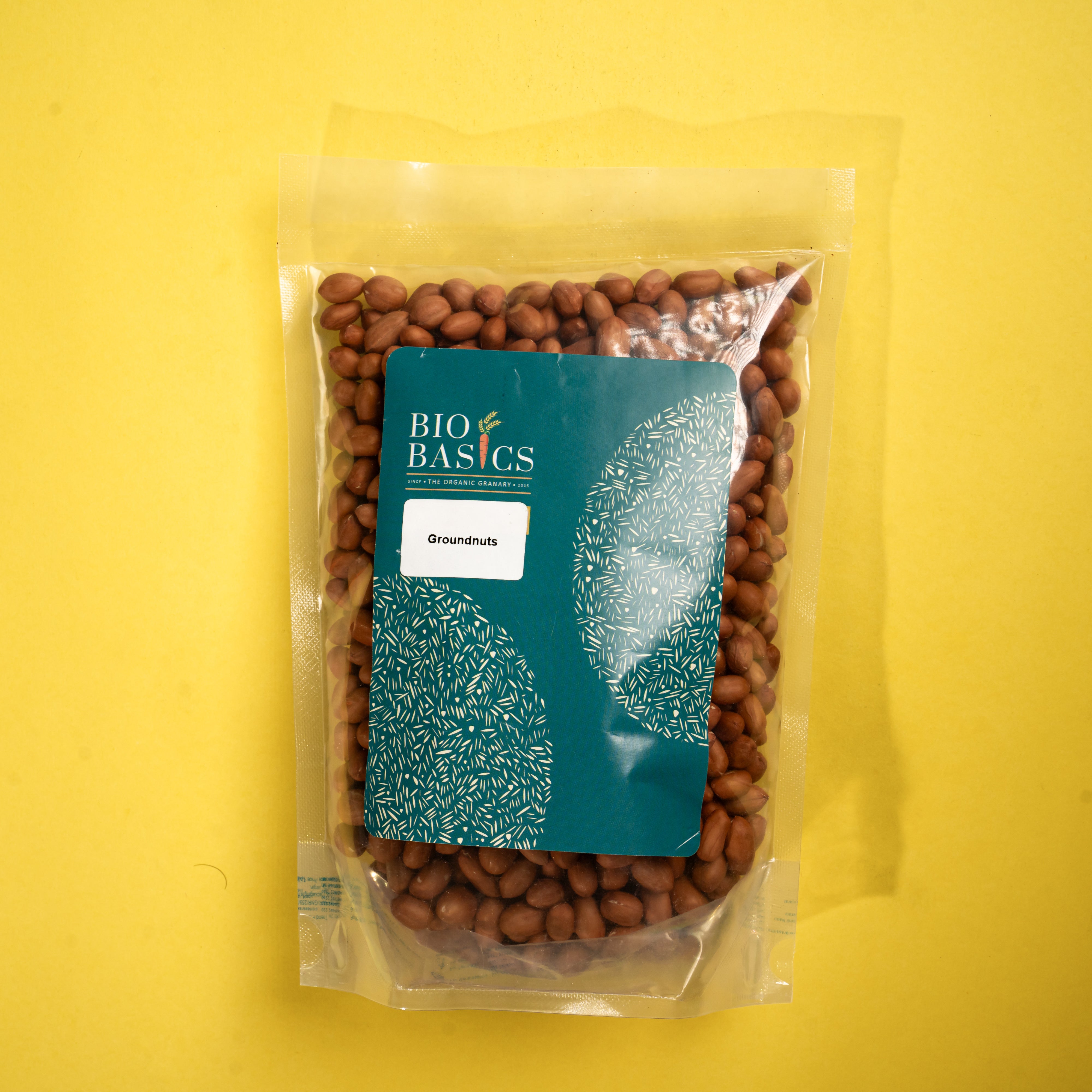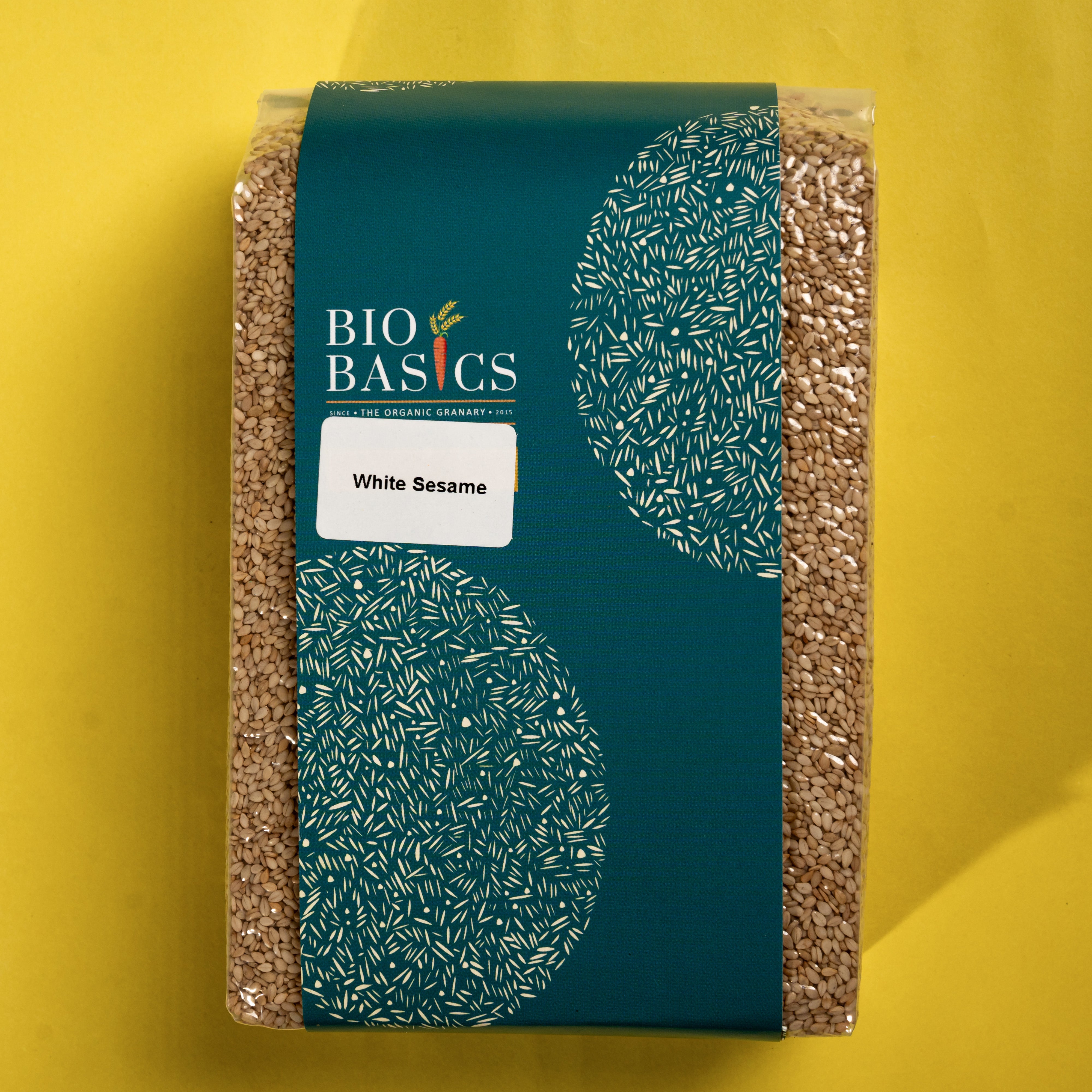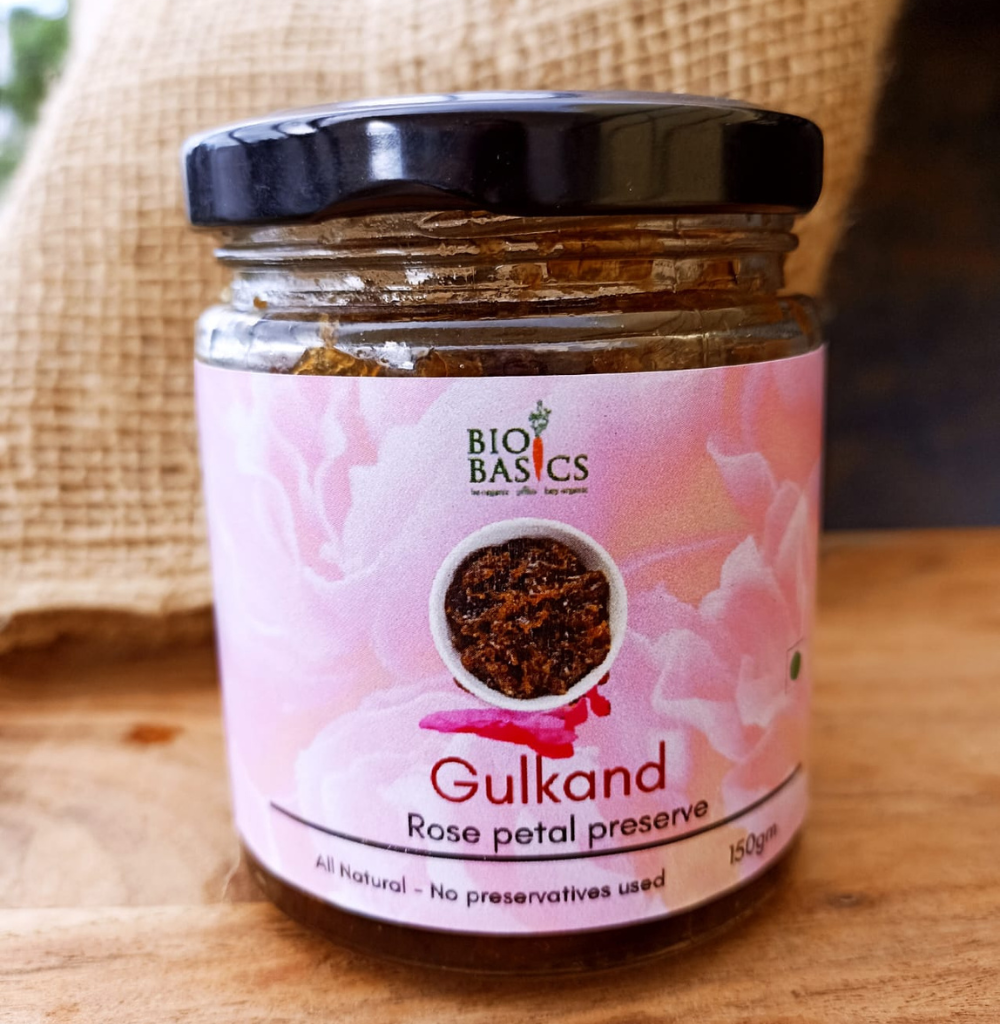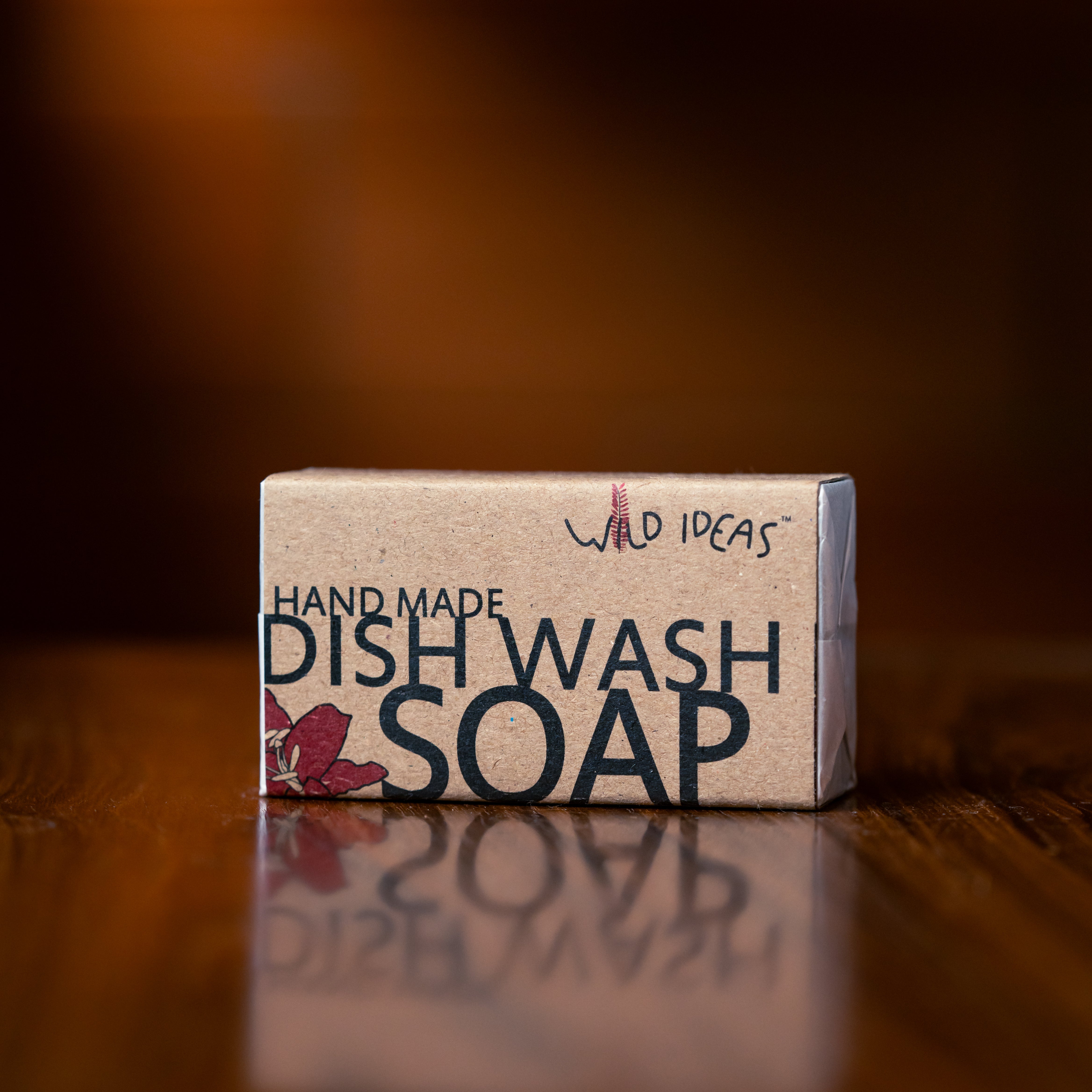Barley, a grain like wheat, looks like wheat but a hulled grain with gluten but is not wheat.
What is a hulled grain? These are grains that have an outer covering called the hull (example is paddy rice) which has to be milled to expose the edible grain. Barley is known to have low GI (glycaemic index below 55). Barley went out of vogue as a grain of choice a few decades back. It is and was being cultivated for cattle in the north of India where it grows well. Traditionally people used to eat barley but that slowly shifted to wheat with wheat and rice becoming the preferred grains. I remember a farmer group asking me for a couple of years to pick up whole, un-hulled barley. They and we were flummoxed about where to get it hulled as small hulling facilities have disappeared from wheat growing areas. Barley is imported, largely from Ukraine, in massive quantities for making alcohol. So currently it is only required by distilleries and cattle. We have forgotten its other virtues.

Now, slowly it is gaining public attention due to its health benefits. It is being grown in small quantities now for human consumption. The organic farmer group in Rajasthan, near Udaipur, cultivating it does not know the name of the variety the farmers grow. For the farmers have been simply calling it desi variety. The seeds of which have been in their families for generations. Who ever thought that a grain that only their cattle ate would be sought by urbanites? Whoever thought that and someone is going to ask them the name of the variety?
The grain that looks very much like wheat has similar taste (in fact this has a nice taste profile), has gluten (but the dough is not elastic enough). It has a hull that has to be removed before the grain can be used. All sure fire reasons to make it unpopular, but it has low GI, which makes it a winner these days when so many of us require low GI foods.

Barley is usually available in five forms:
Whole Barley, this is barley as it is harvested, this is the way cattle consume it.
Hulled barley, which is barley whose hull (outer covering) has been removed in a sheller, exposing our barley grain, which is edible for us. This is healthy, high fibre and very low GI. It can also be cooked whole and blended and made into porridge.
Pearled barley, for which some part of the bran is also removed in a process called pearling. This makes it softer to cook and eat. Normally porridge is made with pearled barley.
Barley rava/dalia which is broken barley and can be used for porridge and upma & Kheer or whatever else can be made with wheat dalia.
Barley flour which is the flour that can be used to make rotis. The flour does not have the elasticity of wheat flour and for ease of making rotis adding some wheat flour (3:1) will help.
If you want a low sugar option try this flour or dahlia or if brave enough, the grain itself! As regards lower GI foods, please remember that the more broken down the grain is the higher the GI climbs, so the grain will have lowest GI and flour the highest.
